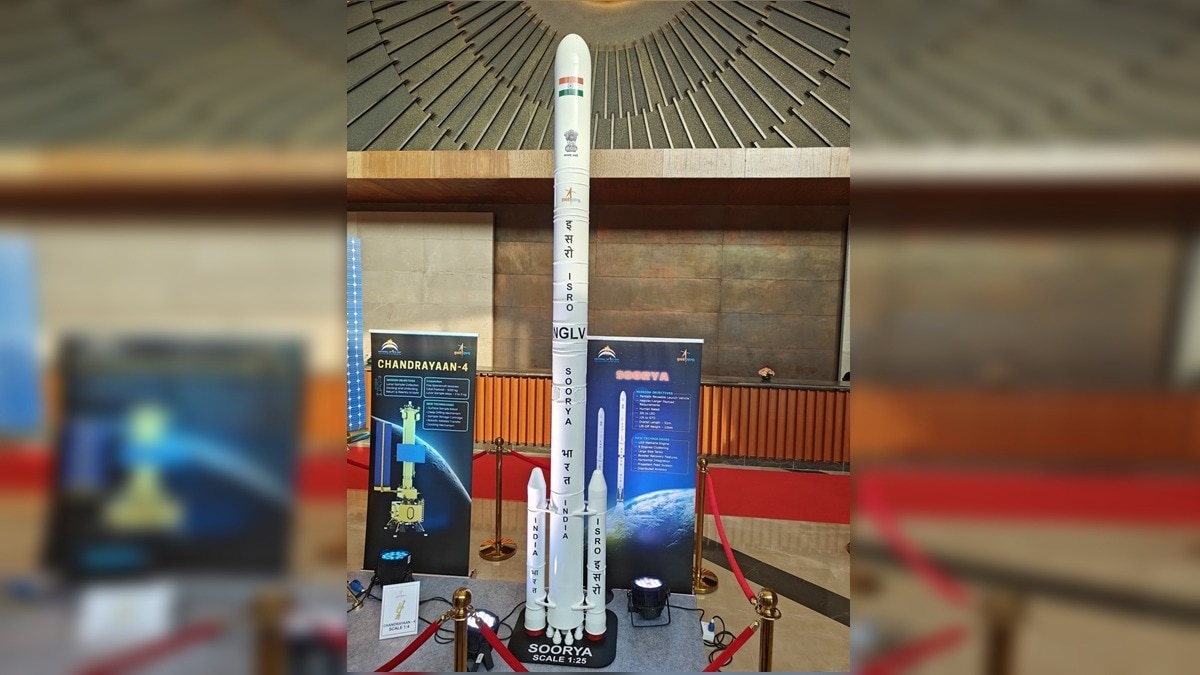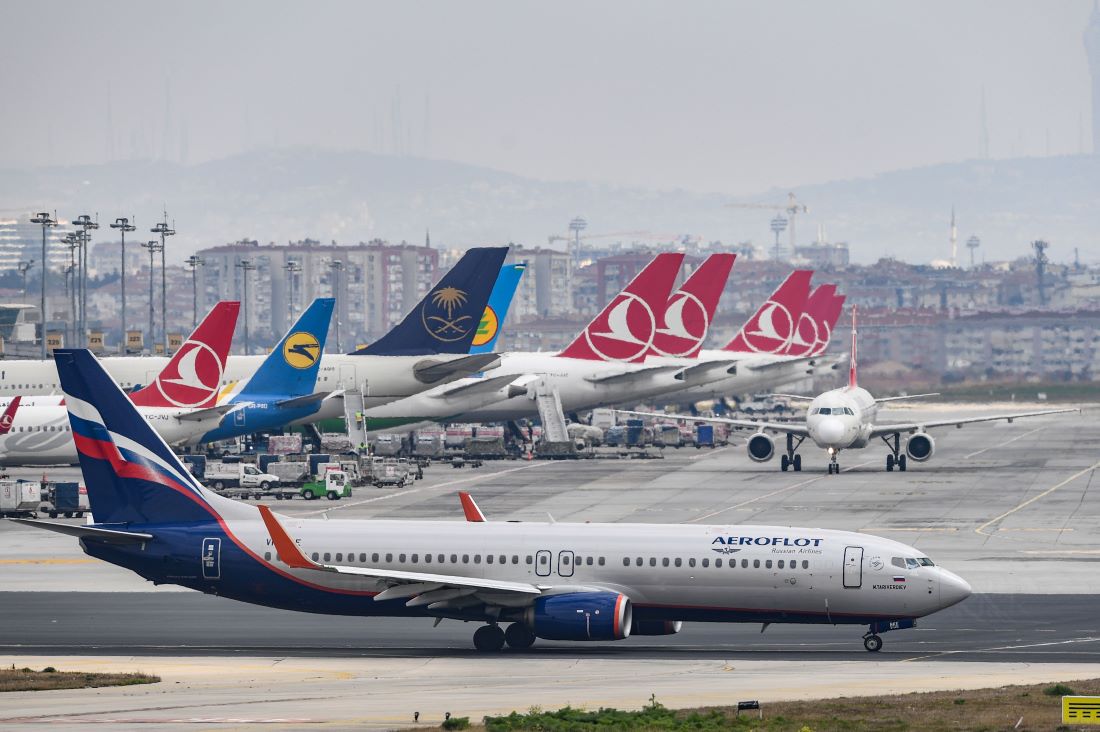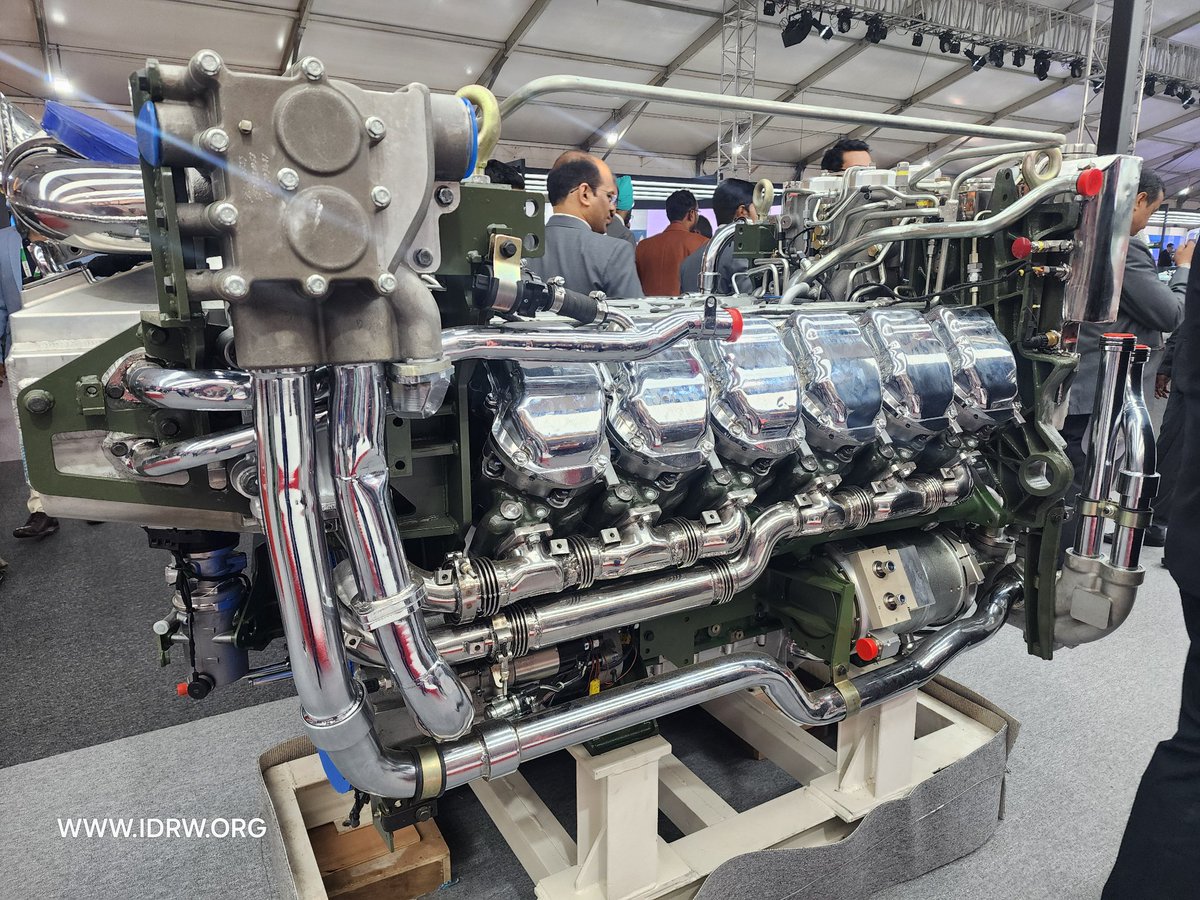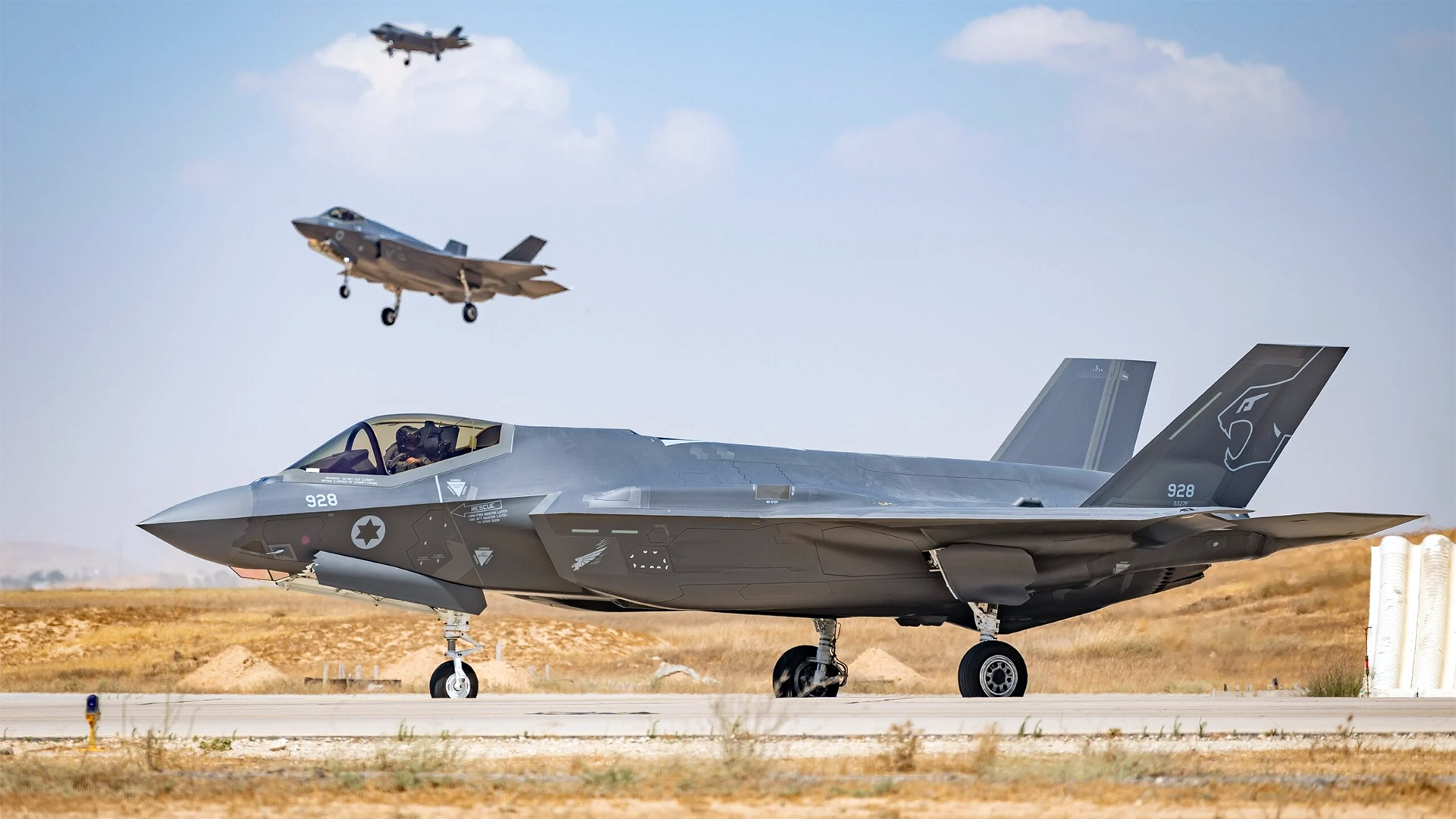SOURCE: AFI

Air Commodore Nouman Ali Khan, a highly decorated PAF officer known for his MiG-21 kill in 2019, gave an exclusive interview to HUM News in late February 2025, where he claimed that stricter ROE prevented him from inflicting greater losses on the Indian Air Force during Operation Swift Retort.
Speaking to HUM News, Khan revisited the tense encounter, asserting that PAF jets adhered strictly to rules of engagement (ROE), which limited their actions to Pakistani airspace. “We shot down two Indian jets within those constraints,” he claimed. “If we had been given a free hand, more Indian jets could have been downed.” Khan’s assertion reflects Pakistan’s lack of will to do cross-border pursuits.
Continue readingSOURCE: AFI


The Advanced Light Helicopter (ALH) Dhruv, a flagship product of Hindustan Aeronautics Limited (HAL) and a workhorse for India’s armed forces, is facing renewed scrutiny over a critical component: the swash plate assembly. Designed to translate pilot inputs into rotor blade movements, the swash plate is the beating heart of the helicopter’s flight control system.
Recent incidents have exposed vulnerabilities in this assembly—initially with failing aluminum control rods, now replaced with steel, and subsequently with fractured swash plates—raising alarm bells about material durability, design integrity, and inspection limitations. With the swash plate and its control rods under cyclical stress, any failure spells disaster, as evidenced by a string of Dhruv crashes that have dented its reliability reputation.
Continue readingSOURCE: AFI


he Indian Space Research Organisation (ISRO) has officially commenced the initial design phase for its next-generation launch vehicle (NGLV), Soorya, marking a significant milestone in India’s space ambitions. Padmakumar E S, Director of ISRO Inertial Systems Unit, Thiruvananthapuram, announced the development during the National Science Day celebration in the city.
Padmakumar emphasized that ISRO’s focus has now shifted toward the development of NGLV, and funds have been sanctioned to support the program. According to him, a dedicated team was set up earlier, and the design process is now underway. He further stated that the entire project is expected to take around seven years to complete, involving three test flights before full operational deployment.
Continue readingSOURCE: AFI


In a pivotal move toward bolstering India’s self-reliance in defense technology, the Indian Army and the Defence Research and Development Organisation (DRDO) have signed a Memorandum of Understanding (MoU) to transfer technical expertise from DRDO’s Solid State Physics Laboratory (SSPL) to the 509 Army Base Workshop.
Signed on February 27, 2025, this collaboration focuses on enabling the in-house production of 0.5 Watt Stirling Cryocoolers—critical components in thermal imaging devices that enhance the Army’s night vision and surveillance capabilities. This MoU not only marks a leap in indigenous manufacturing but also underscores India’s commitment to reducing import dependency while driving cost-effective innovation under the Atmanirbhar Bharat framework.
Continue readingSOURCE: AFI


In the wake of Russia’s invasion of Ukraine in February 2022, Western sanctions slammed the brakes on Russia’s access to critical aviation resources, targeting its airlines with restrictions on aircraft and spare parts from industry giants Boeing and Airbus. The intent was clear: cripple Russia’s aviation sector, a vital artery for its economy and connectivity.
Yet, nearly three years later, Russian carriers like Aeroflot and Ural Airlines are keeping their Western-built fleets aloft, thanks to a shadowy workaround involving Indian intermediaries. A recent report from Investigate Europe has pulled back the curtain on this sanctions-evasion scheme, revealing how India has become an unlikely knight in Russia’s aviation survival story—albeit a black knight cloaked in secrecy.
Continue readingSOURCE: RAUNAK KUNDE / NEWS BEAT / IDRW.ORG


The Defence Research and Development Organisation (DRDO) has finally revealed details of the BM-04 Short-Range Ballistic Missile (SRBM), which was showcased for the first time at the Gachibowli Stadium in Hyderabad. As confirmed to idrw.org, the BM-04 is a technologically advanced missile designed for precision strikes, featuring a range of cutting-edge components and capabilities.
The BM-04’s debut at Gachibowli Stadium follows years of speculation about DRDO’s next-generation missile projects. While the “BM” designation—potentially standing for “Ballistic Missile”—is new, its unveiling suggests the program has reached a mature design phase. Sources indicate that the missile builds on technologies tested in India’s hypersonic trials, notably the November 16, 2024, test of a long-range hypersonic missile off Dr. APJ Abdul Kalam Island, which exceeded Mach 5 and covered over 1,500 km.
Continue readingSOURCE: RAUNAK KUNDE / NEWS BEAT / IDRW.ORG


In a bold assertion of India’s self-reliance in defense manufacturing, Baba Kalyani, Chairman and Managing Director of Bharat Forge, and his son Amit Kalyani, Deputy Managing Director, have questioned the rationale behind importing the K-9 Vajra self-propelled howitzer (SPH) from South Korea. Speaking in early 2025, the Kalyanis argued that India already possesses the critical building blocks—such as 155mm barrel technology and SPG platforms—to produce a fully indigenous SPH, rendering further imports unnecessary.
This stance from the leaders of Kalyani Strategic Systems Ltd. (KSSL), Bharat Forge’s defense arm, underscores a growing confidence in India’s private sector to meet the Indian Army’s artillery needs, spotlighting the potential of homegrown solutions over foreign systems like the K-9 Vajra.
Continue readingSOURCE: RAUNAK KUNDE / NEWS BEAT / IDRW.ORG


The Indian Army’s much-anticipated induction of the Arjun Mk1A Main Battle Tank (MBT) has hit a significant delay, with deliveries now postponed to late 2028 or early 2029. This setback stems from a failure to reach an agreement between India’s Defence Research and Development Organisation (DRDO) and German engine manufacturer MTU Friedrichshafen over restarting production of the engines originally slated for the Arjun Mk1A.
Sources close to the Indian Army have confirmed to idrw.org that, rather than adopting an alternative MTU engine requiring extensive trials, the Army has opted to integrate the indigenous DATRAN 1500hp engine, which will only enter production in 2028. This decision marks a pivotal shift toward self-reliance, even as it pushes back the modernization of India’s armoured fleet.
Continue readingSOURCE: AFI


India’s nuclear attack submarine (SSN) program, a linchpin of its maritime defense strategy, is poised for a transformative upgrade with potential access to advanced American underwater sensor technology. Posts on X and emerging reports suggest that the United States, in a significant policy shift, is prepared to lift longstanding roadblocks, enabling the sale of sophisticated undersea systems used aboard its nuclear-powered attack submarines to India.
This move, if realized, would integrate cutting-edge U.S. sensor packages and warfare systems into India’s indigenous SSN fleet, enhancing its ability to counter rising threats in the Indo-Pacific, particularly from China’s expanding naval presence. As New Delhi accelerates its submarine ambitions, this collaboration could redefine its underwater deterrence and cement a deeper Indo-U.S. defense partnership.
Continue readingSOURCE: AFI


Russia’s aerospace industry has thrown a tantalizing offer India’s way: the Product 177S, an advanced engine poised to power both the Indian Air Force’s (IAF) Super-30 upgrade program and the fifth-generation Advanced Medium Combat Aircraft (AMCA) MkII. Unveiled by Rostec’s United Engine Corporation (UEC) at Aero India 2025, this upgraded derivative of the AL-41F1—infused with elements from the AL-51—promises enhanced thrust, stealth features, and longevity. Yet, in a surprising twist, Russia may not fly a jet with the 177S until an international customer commits to it, a condition that could hinge on India’s decision, according to posts on X and industry buzz.
The Product 177S is no mere tweak—it’s a significant step up from the AL-41F1, which powers the Su-57 Felon and India’s 260-strong Su-30 MKI fleet. With a reported maximum thrust of 142 kN (14,500 kgf) and a thrust-to-weight ratio of 9.5:1, it outmuscles the AL-31FP (123 kN) currently driving the MKIs. Drawing on the AL-51—developed for the Su-57’s second-stage engine (Izdeliye 30)—the 177S incorporates stealth-treated thrust vector control (TVC) nozzles, reducing infrared and radar signatures, alongside improved fuel efficiency and a service life exceeding the AL-31FP’s 4,000 hours. Russia pitches it as a drop-in solution, compatible with HAL’s existing assembly lines, sweetened by offers of local manufacturing under “Make in India.”
Continue readingSOURCE: AFI


For years, France’s Dassault Rafale has been a standout in the global fighter jet market—a multirole aircraft boasting advanced technology, versatility, and combat-proven credentials. Yet, Rafale’s reign may soon face a formidable challenge, not from rival heavyweights like the F-35 or Su-57, but from two emerging contenders: South Korea’s KF-21 Boramae and India’s Tejas MkII. These aircraft promise to deliver comparable capabilities—often with superior avionics and weapons packages—at a fraction of the cost, exposing what some critics see as France’s Achilles’ heel: an exorbitant pricing model driven by greed.
The Rafale has long been a premium product, and its price tag reflects that. While its advanced radar, electronic warfare systems, and multirole flexibility have won it contracts in countries like India, Qatar, and Egypt, the hidden costs of ownership are starting to raise eyebrows. Maintenance, upgrades, and weapons integration for the Rafale come with a steep bill—one that nations are increasingly unwilling to pay.
Continue readingSOURCE: AFI


In a significant stride towards self-reliance in defense technology, the Centre for Airborne Systems (CABS), a premier laboratory under the Defence Research and Development Organisation (DRDO), has successfully developed and established complete capability to design, develop, and manufacture the highly complex radomes for the Airborne Warning and Control System (AWACS). This achievement marks a major milestone in India’s quest to bolster its indigenous defense capabilities and reduce dependence on foreign technologies.
A radome (radar dome) is a protective enclosure that houses radar antennas, safeguarding them from environmental factors such as wind, rain, and extreme temperatures while allowing electromagnetic signals to pass through with minimal distortion. In the context of AWACS, radomes are critical components that shield the sophisticated radar systems mounted on airborne platforms, enabling long-range surveillance, command, and control capabilities. These structures must be aerodynamically efficient, lightweight, and capable of withstanding the stresses of high-altitude flight, making their development a highly complex and technologically challenging task.
Continue readingSOURCE: IDRW.ORG


In a striking display of India’s advancing defence capabilities, the Defence Research and Development Organisation (DRDO) showcased a full-scale model of the Hypersonic Glide Vehicle (HGV) under Project Dhvani at the ‘Vigyan Vaibhav’ defence exhibition held at Gachibowli Stadium, Hyderabad, from February 28 to March 2, 2025. This unveiling, inaugurated by Defence Minister Rajnath Singh, marks a significant milestone in India’s pursuit of cutting-edge hypersonic technology, positioning the nation among global leaders in this domain. Project Dhvani, with its innovative wave-rider design, promises to redefine efficiency and performance at hypersonic speeds, offering a glimpse into the future of India’s military arsenal.
Project Dhvani represents DRDO’s ambitious foray into developing Hypersonic Glide Vehicles capable of traveling at speeds exceeding Mach 5—approximately 6,200 km/h—while evading modern air defence systems. The full-scale model displayed at Gachibowli Stadium embodies the wave-rider configuration, a design that leverages the vehicle’s own shockwaves to minimize aerodynamic drag and enhance lift, ensuring superior performance in the hypersonic regime. This approach, rooted in advanced aerodynamics, allows the HGV to “ride” its shockwaves, reducing energy loss and enabling sustained high-speed flight.
Continue readingSOURCE: IDRW.ORG


India’s aerospace sector is buzzing with excitement, and at the heart of this momentum is DG Propulsion Private Limited (DPPL), a Delhi-based startup making waves with its indigenous jet engine technology. Prateek Dhawan, the company’s visionary Director, recently revealed ambitious plans to venture into the turbofan engine segment—a move that could redefine DPPL’s role in the global aviation landscape. Speaking about the company’s future, Dhawan emphasized that this leap hinges on securing investments within the next two to three years, a timeline that aligns with DPPL’s rapid rise following the success of its DG J40 jet engine.
DPPL has already carved a niche for itself with the DG J40, a micro-turbojet engine designed for unmanned aerial vehicles (UAVs) and defense applications. Boasting a thrust capacity of 40 kgf, the J40 has proven its mettle through rigorous testing, including a notable one-hour endurance run that exceeded expectations. This success has not only showcased India’s growing prowess in aerospace innovation but also put DPPL on the radar of investors, defense contractors, and industry watchers. Now, buoyed by this achievement, Dhawan sees an opportunity to take DPPL into the next frontier: turbofan engines.
Continue readingSOURCE: AFI


India’s quest for a robust and modern air force has gained significant momentum in recent years, driven by rising regional tensions and the need to counter sophisticated adversaries like China and Pakistan. With the United States recently signaling its willingness to offer the Lockheed Martin F-35 Lightning II to India, a unique opportunity has emerged for New Delhi to bolster its stealth capabilities. However, to maximize the strategic value of this potential acquisition, India could look to emulate Israel’s approach with its customized F-35I Adir variant. This article explores how India could procure F-35 jets tailored to its specific needs, akin to Israel’s model, and delves into what makes the F-35I Adir a standout among the global F-35 fleet.
Israel’s procurement of the F-35I Adir offers a compelling example of how a nation can adapt a foreign-built platform to align with its unique security requirements while maintaining operational independence. Unlike most F-35 operators, Israel negotiated significant concessions from the United States and Lockheed Martin, allowing it to integrate indigenous systems and establish a degree of self-reliance. This approach has made the F-35I Adir distinct from other variants, such as the standard F-35A, F-35B, and F-35C used by the U.S. and its allies.
Continue reading